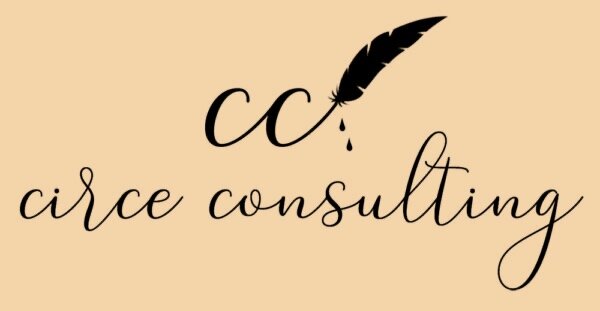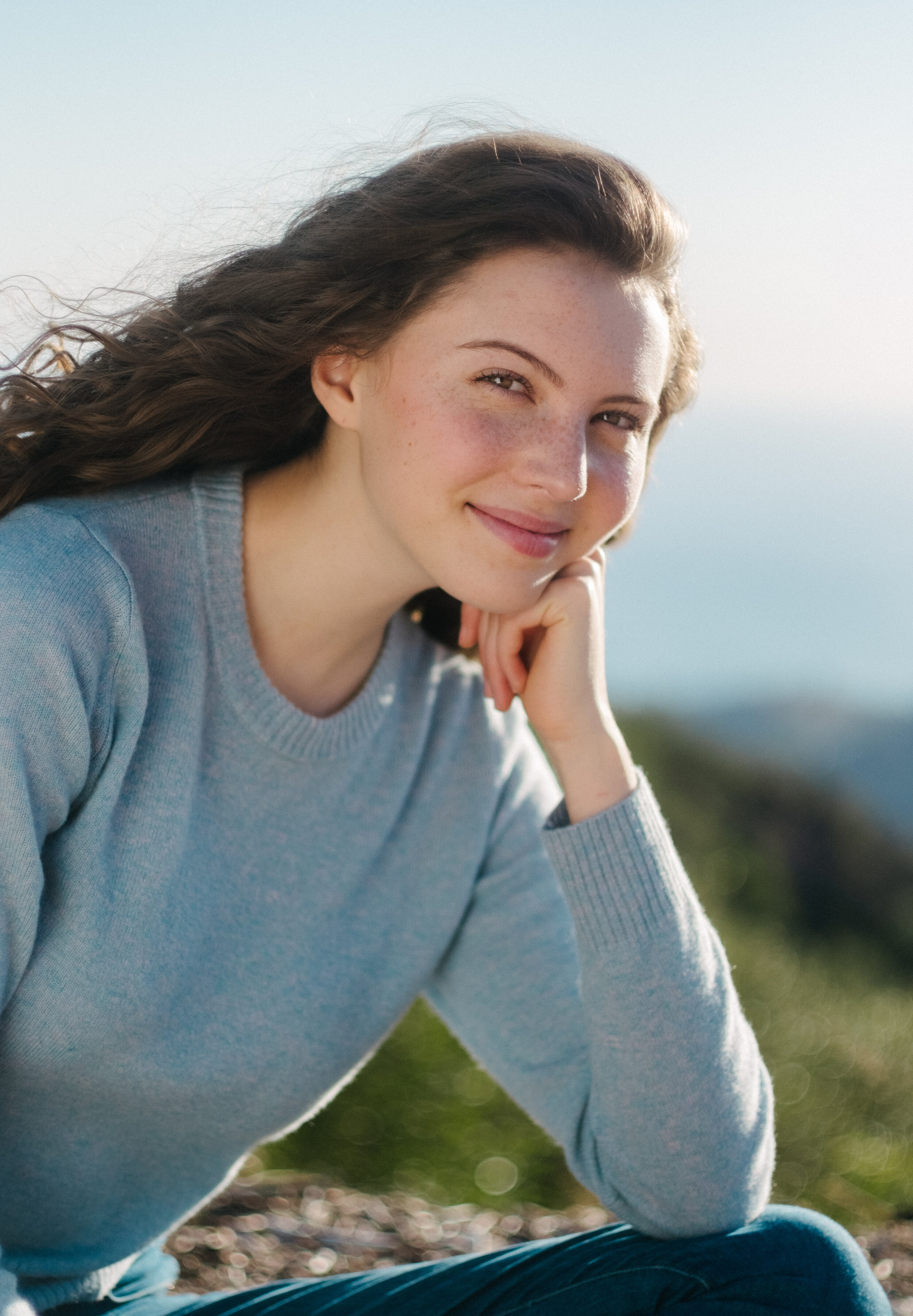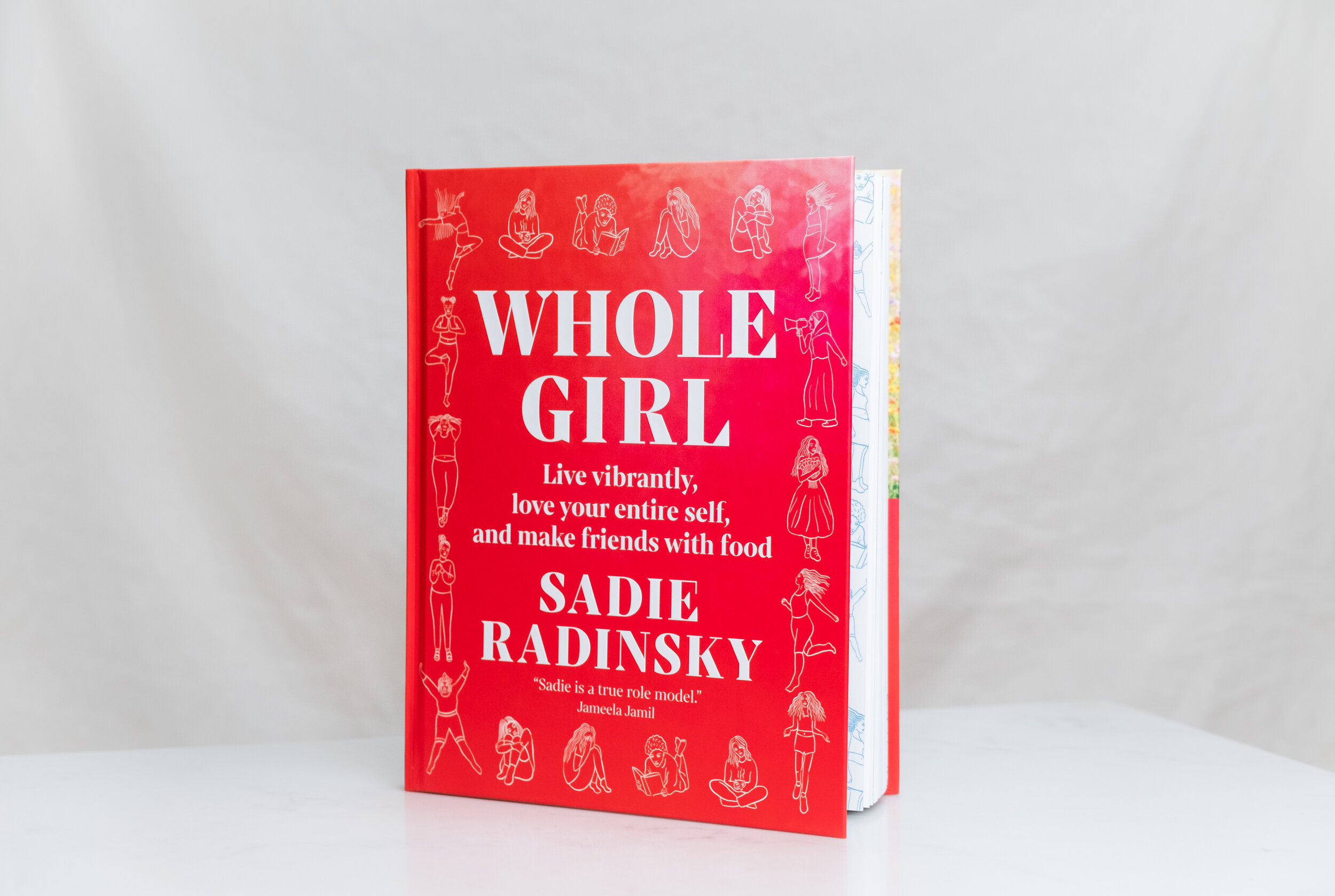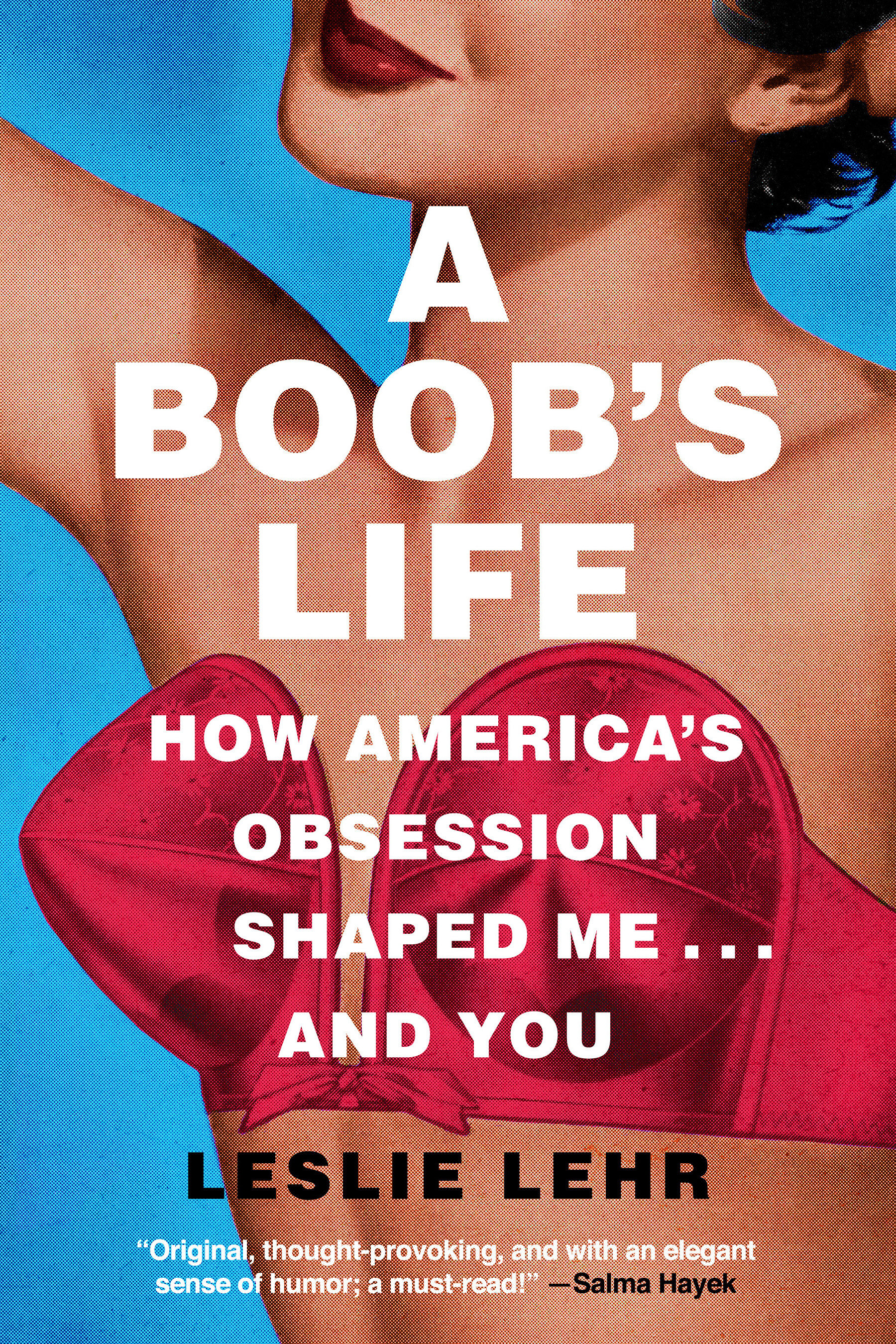My 8-year-old daughter recently returned to in-person schooling, and it feels like the sun is shining a little bit brighter. Maybe it's also the spring blossoms reaching their peak bloom.
Or maybe, it was the great opportunity I had to dive into the creative deep with Emily Rapp Black, author of the New York Times bestselling memoir The Still Point of the Turning World about parenting a terminally ill child. Her new memoir, Sanctuary, examines resilience and what has sustained her after the loss. We talk about everything from the pitfalls of memoir to blowing up some longstanding myths about the creative process.
For Emily, writing is an act of service. It seems so obvious, but I've never heard it said quite as simply as that. Our stories are offerings to the world.
Emily Rapp Black is the author of Poster Child: A Memoir and The Still Point of the Turning World. A former Fulbright scholar, she was educated at Harvard University and has been the recipient of both the James A. Michener and Guggenheim fellowships.
She is a regular contributor to The New York Times Book Review and frequently publishes scholarly work in the fields of disability studies, bioethics, and theological studies. She is currently associate professor of creative writing at the University of California-Riverside, where she also teaches medical narratives in the School of Medicine.
Emily's new memoir, Sanctuary, is an attempt to unpack the various notions of resilience that we carry as a culture. Drawing on contemporary psychology, neurology, etymology, literature, art, and self-help, she shows how we need a more complex understanding of this concept when applied to stories of loss and healing and overcoming the odds, knowing that we may be asked to rebuild and reimagine our lives at any moment, and often when we least expect it.
"A meticulous examination of the aftershocks of the loss of a child.... A searing, uncompromising effort to wrestle with permanent grief." -Kirkus Reviews
KARIN GUTMAN: You write a lot about grief. I think we’re all writing about loss in some way. Story is about change, moving from what we once knew to something new and different, and inherent in that is a kind of loss, right?
EMILY RAPP BLACK: That’s a great way to describe it actually.
KARIN: The kind of loss you’re writing about, child loss, is a particularly painful one. How do you take care of yourself through the writing process?
EMILY: I think for me, actually the writing itself is what helps take care of me. That to me has always been the thing that provides the solace.
When my son was diagnosed with Tay-Sachs, all I wanted to do was write. That's always been the engine of comfort. So, I guess I don't feel like I have to protect myself because I feel the writing itself is doing that for me by creating a container, however incomplete or full of holes, for the experience.
KARIN: Are there days when you don't feel like showing up to the page?
EMILY: Sure. I mean, I don't write every day. I think a man came up with that idea.
KARIN: It's a total myth, right?
EMILY: I had a teacher in grad-school, who said, “Write every day from eight to 12,” and I'm like, yeah, because you have a wife who brings you food and takes care of you. Even if you don't have children or don't want children, women are busy, women do more than men, it's the way it is. So, I write in 10-minute blocks. Sometimes I get a bee in my bonnet, as my mom would say, and then I'm kind of on a roll, but I'm a feast or famine writer. I'm not the steady as it goes builder of books. I think I wrote half of Sanctuary in two weeks when I was in a writing colony because I had the time!
KARIN: With Still Point of the Turning World, were you writing it in real-time as the events of your life were happening?
EMILY: Yeah, it was started as a blog, which is something I never thought I would do. It was my friend who said I wasn't answering the phone or responding to text. She said, “We're worried… why don't I set up this public reading space and then your friends can know that you're not leaping off a building somewhere.” I started doing it, and it gave me a concrete thing to do and a place to put it. So that book started as a huge blog that was live time, that I was writing on almost every day. And then I cut it down considerably for the book.
KARIN: How did you go about shaping this mound of clay into an actual book?
EMILY: With help is the answer. First, my agent edits a lot of my stuff. She’ll say “Why is this 3,000 pages?” like “What's wrong with you?” And then she'll send it to my editor, and the editor that I work with, Andrea Walker at Random House, is like my soul-spirit-intellectual-animal person. When I met her, I thought, Oh my God, you are my person.
Editors are vital. I don't write in a linear way, and I like that. I think most people’s memories and lives are not linear in any respect. But I do need help in shaping. I had this whole chapter about action movies, and I was really attached to it. My editor said, “We're not putting this in the book. Stop it.”
When I'm working with an editor at a [traditional publishing] house, I'm willing to make concessions, because they are working with me to put something in the world. I'm not one of those people who's like, “Oh, I'm attached this artistic moment.” If it's not going to work for the majority of readers, then no one's going to read it, and then why am I doing this? So, it's having a team of people that you really trust.
KARIN: You said that every book has its own life, and that it's hard to predict at the beginning. With your most recent book, Sanctuary, what did you know for sure from the start?
EMILY: When you lose anyone, especially when you lose a child, people's platitudes are just offensive. So, I thought: I want to tell the truth about how hard this was. I was adamantly not going to write about Ronan's death in the first book, because I felt he was still alive. And it was important to me that that book ends with him still alive. But then people kept saying to me, “It's great that he had a peaceful death.” I thought: No one gets that. Don't sugarcoat this shit. So, I wrote his death scene, because that sucked. I did tons of preparation for it. Still sucked.
And then also how strange it is to have a child that wouldn't have existed had my other child not died. And how is it to explain that to her. She gets it in some sense, she knows about Ronan. We say the word die. We don't say passed, we don't say gone to a better place. We certainly don't say he went to heaven, because I don't believe that. I don't want her to believe it either.
I really bristle anytime somebody tries to put me in a metaphorical box. And I think: No, actually my truth of this experience is this. It's not something that’s going to fit on a crochet circle or a felt banner. That's not going to work.
KARIN: Is there a discovery process as you’re writing?
EMILY: Yeah. It was like pulling together certain childhood memories that connected to the live-time story that I was telling. Stuff I’d forgotten about. I think writing about life is kind of like that. Memories that you didn't think really had any traction in your current life, do. It's finding the points of connection, the magnetic connection.
KARIN: You say this book is about resilience, and examining what sustained you after Ronan’s death. What did you discover about resilience?
EMILY: It's not at all the way we use it in common vernacular. It's not about strength, or it's a different kind of strength. I think Americans, especially, understand strength as powering through—a lot of bravado, never give up, like push. But resilience is not that, it's about breaking to bend. You can't be resilient if you can't bend and break.
So, to me, it was a real a gift to understand the world is less about this grit, and being synonymous with the aggressive form of strength, and more about allowing and reshaping around it. Without saying, "I've overcome my problems, and now ‘Yay’." That's stupid. People kept telling me, “Oh, now you got your life back.” And I thought: I never didn't have my life. I'm still alive. I was alive when my son was sick.
There's no leaping over the fence into a better life. It doesn't work that way. A lot of memoirs, I think, tend to propagate that myth.
KARIN: You are re-defining and re-framing the language we use that isn't accurate to the experience. I find that incredibly empowering.
EMILY: I always tell students, if you're having trouble thinking about what to write, choose a word that you hear a lot and then look up its roots. So for resilience, the Latin root is resilien, which is the stuff that's in butterfly wings that holds it together, the sticky stuff, these proteins. Butterflies can fly through wind, which is pretty strong, but you could tear its wings. That is resilience. Vulnerability and strength combined. That's why the central image of butterflies is one of the primary images of the book—not because I love butterflies so much, but because they illustrate this combo of strength and vulnerability.
KARIN: How do you work with your students who are writing memoir?
EMILY: Well, I do a lot of prompts. I think a lot of it is just providing structure and saying, “Write about this for five or 10 minutes.” Time under tension. That's really helpful, I think, just to execute one thing within the timeframe. Because otherwise you think: Where do I start? Right?
KARIN: It can be overwhelming.
EMILY: Yeah, it's totally overwhelming. So, I use a lot of generative exercises especially with people who are just starting out. But when people come to me with a full-length manuscript, then it's more of an editorial. Where's the beginning? Where's the end?
KARIN: What common pitfalls do you notice in memoir manuscripts?
EMILY: Memoirs tend to have what I like to call the tyranny of the “and then.” And then this happened, and then this happens… it’s like, oh my God, I don't care. It has to have a beautiful gesture of opening, and it has to take a shape that isn't going to shock your reader—or maybe it will—but it's going to surprise them even if they know what's going to happen. There has to be tension, there has to be a story. There has to be a ‘why’, like why are we writing this? Who is it for?
Also, people think that they must put in everything that's happened to them. And that's a mistake. You don't have to have a terrible life to write a memoir, but you have to artistically construct it so that the reader is engaged with language, propulsion, and the plot. There has to be a plot, the characters have to be well-defined. The place has to be rendered.
People, especially when they write memoir, forget that they have a body. You have to have sensory details, concrete details. Where are you in space and time? Are we on the moon? One of the benefits I've taken from reluctantly teaching fantasy to undergraduates, which is applicable to memoir, is world building. So now I call it world building, rather than setting the stage. The world is your house, your mind, your bedroom, your body, your closet, whatever. You can't just start telling us things about your life without concretizing them in the world.
KARIN: How do you think about your audience?
EMILY: If I hadn't written Still Point, I would have killed myself. There's just no other way to say it. Writing the book is what kept me going with some kind of meaning and purpose that wasn't just dread and sadness and the fucking horrible grief and guilt. It was the only thing that was happy. So, I had no idea who the audience would be and didn't even think there would be one, which was kind of great. I didn't care. I did what I wanted, and it turned out to be something that I was proud of and that felt meaningful to me.
With Sanctuary, I think a lot of people have the experience of rebuilding their life many times throughout their lives. I think there's this myth that once you've got it all settled, then everything's great. That's just not true. So, the audience was intended to be broader, and it's also a more complicated book, so people are going to bring more complicated feelings to the page. With Still Point, it's really hard to quibble with a writer who is writing about their dying child. But Sanctuary has had a different reception, which is satisfying to me, because it means that it's pissing some people off. And I think that's actually good.
KARIN: Do you have a particular reader in mind when you write?
EMILY: No. I definitely am thinking how to shape the story so that it matters to someone apart from me, but when I first do it, I'm just trying to figure it out. But I think a lot of the ‘why’ of writing—who's my audience, why am I writing this—that processing needs to happen off the page. I don't want to process with my reader why I'm writing this.
I really see writing as an act of service. If it's going to serve somebody and help them see their life in a different way, and make them want to live for another day, then I feel that's my job.
KARIN: How much perspective or distance do you think a writer needs to have on what they're writing about?
EMILY: I don't know, it depends. Sometimes people need to wait to write about something if they're villainizing people. That's problematic. But I think you can get perspective by writing about it. And if you're not getting perspective, then you just stop for a bit.
Every quarter I tell my students on the last day: We're leaving class right now, and your task is to go and do nothing for the next two hours. Nothing. Just go walk around. The only stipulation is you can't be on electronics. Just stumble around, see what happens. Because we don't think that's important. We don't give ourselves enough elastic time to go out and sharpen our lenses through which we see the world. That's what memoir is.
KARIN: How do you handle privacy issues, say regarding your daughter? Do you think she might read what you write one day?
EMILY: I'll answer people's questions about anything that happens in the book, but I won't talk about what she's up to now. That's my own private life. But I'm glad that I have [the book] for her because I think it shows her connection to her brother, which is important, and that she has some kind of a documentation of it. Also, really important that she knows she wasn't a replacement child. Not that that even exists, but that she was wanted and loved and planned for and that that is independent from what happened to her brother.
KARIN: I know some writers who are writing about grief and loss feel concerned that their narratives will be “too dark.” What would you say to them?
EMILY: Writing about death is more about writing about life. If you've ever watched someone die you understand how precious life is and you feel like you are more alive than you've ever been. Which was a shock to me. Or, wanting to feel alive when faced with death is a very human reaction.
I don't think it's dark at all. I think it's necessary. I think it's inevitable. Why not write about something that everyone's going to experience?
I've always really gravitated toward stories that have high stakes. I'm not going to write a beach book. I wish I could, but I just can't. I don’t care enough.
So, I think if you're going to write about grief and loss, the main thing I would say is make sure you're concretizing it. Make sure we are in your body. Earn your abstractions. You need to ground us in where we are, who we are. That way you can take anyone anywhere if they feel like they know where they are in the world, they're oriented, and that they feel what you feel. Not just in your heart or in your mind, but on your skin, in the air. People forget about that. The sensory stuff is super important.
Buy the book!
To learn more about Emily Rapp Black, visit her site.
See all interviews
Circe Consulting is a full-service business for writers at every stage of their careers. Circe Founders Emily Rapp Black and Gina Frangello offer classes, retreats and editorial consulting.
Both Gina and Emily are longtime educators at the university level, have published numerous memoirs, novels and short story collections between them, and have fostered dozens of additional books into the world as editors, publishers and ghost-writers.
In addition, both specialize in working with survivors of loss, illness, and grief and have collective experience in facilitating therapeutic groups and in life coaching.
Learn more















